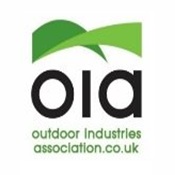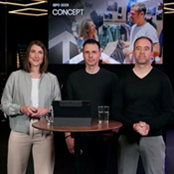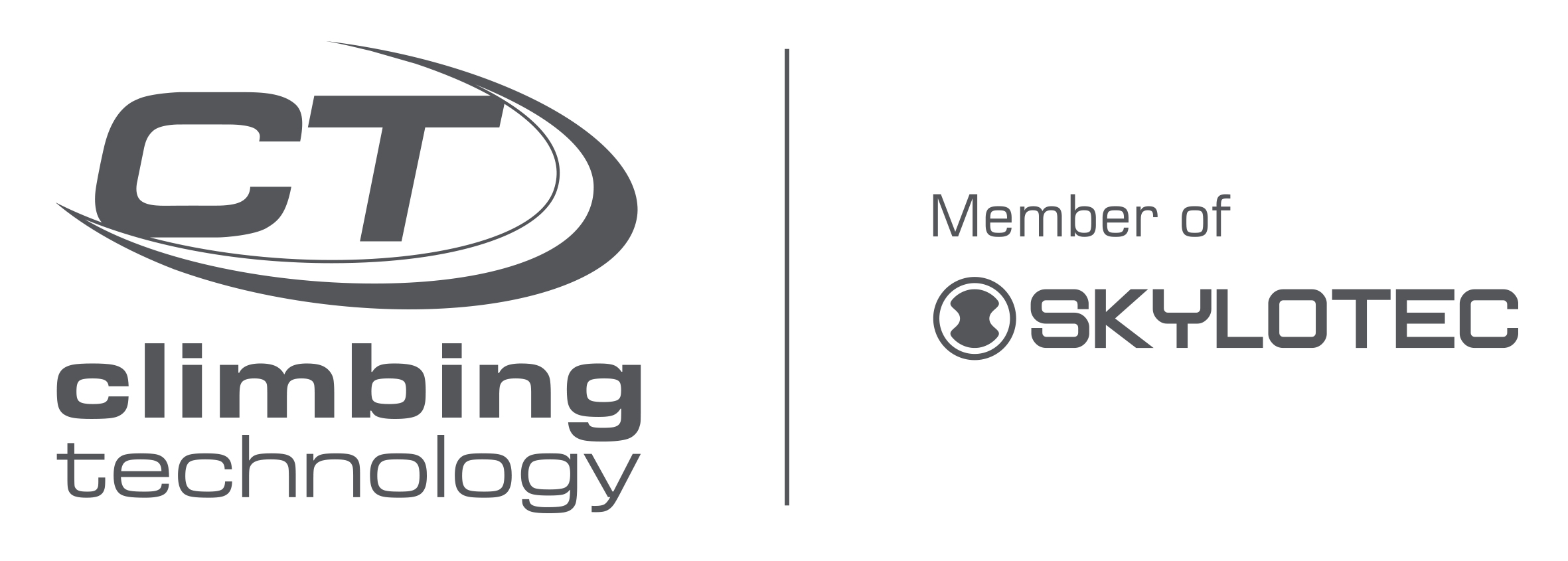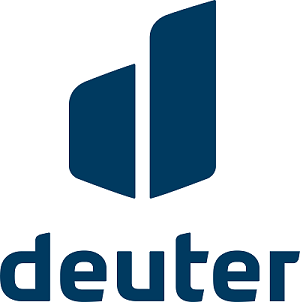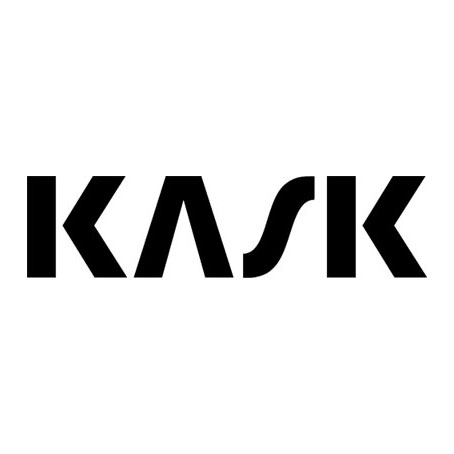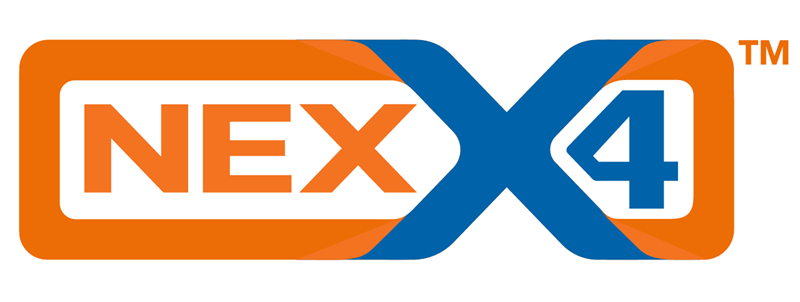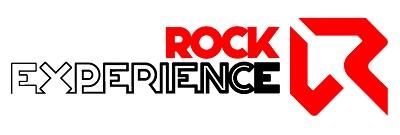 Who says numbers never lie? Apparel generates over half of all outdoor turnover. Footwear is responsible for one quarter, while tents, mats, packs and bags, sleeping bags, stoves and cooking accessories, climbing hardware and safety equipment, electronic outdoor devices and other accessories account for just a fifth. However, it’s hardware and equipment that sets outdoor retail apart. Equipment requires more specialist advice than any other category and equipment innovations inspire outdoor fans more than anything else.
Who says numbers never lie? Apparel generates over half of all outdoor turnover. Footwear is responsible for one quarter, while tents, mats, packs and bags, sleeping bags, stoves and cooking accessories, climbing hardware and safety equipment, electronic outdoor devices and other accessories account for just a fifth. However, it’s hardware and equipment that sets outdoor retail apart. Equipment requires more specialist advice than any other category and equipment innovations inspire outdoor fans more than anything else.
Year after year, the equipment sector is responsible the majority of innovations in the outdoor industry. The requirements for outdoor products are: lighter, smaller, more comfortable. This summer in Friedrichshafen the Japanese company Montbell is exhibiting its UL Dome Shelter, a tent that weighs only as much as two cans of drink and can even be pitched free-standing. Marmot has the sleeping bag to match – its new “Helium” sleeping bag has an 800+ down fill and weighs just 935 grams (Comfort temperature down to -9°C).
Alistaire MacGregor, marketing manager at English lightweight specialists Original Mountain Marathon (OMM) is enthusiastic about the company’s Half-Sleeping Bag. Is it actually a sleeping bag? No it’s more than that. The half bag attaches to an accompanying down jacket. It’s highly functional, highly technical and highly specialised. OMM say that they’ll consider it a success if they sell 500 items in the next three years. Steffen Santor from Faltboot.de is also confidant about his new “origami boot”, the Nortik Fold 4.2. The sea kayak is unique in that it can be assembled in three minutes, by unfolding it – and because once folded back together, it’s so compact it can be stored under a bed. Martin Wiesmann, director of Bach, the small specialist backpack company, explains why he feels the outdoor industry thrives on these types of innovations: “Our product development is based on small improvements and feedback from real-life testing.” He describes this affinity with technology as “slow food”, arguing that it creates opportunities within the industry, “Where large numbers of people eat fast food, there’s also room for slow food.”
Of course, there continue to be products that generate enthusiasm because they are even lighter and even more comfortable, whilst still appealing to a wide number of users. This is what is what is known as product enhancement. Backpacks in particular are seeing big innovations for hikers in 2016. Deuter is exhibiting its “new, improved AC Lite series,” Gregory is talking of a “re-launch of its Ventilated Backpacking and Hiking Line” and Lowe Alpine is showing a “completely overhauled collection of hiking backpacks”. Enhancement is an important criterion for optimising the functionality and lifespan of a product. Many of the improvements might not be immediately obvious. It’s only when they are used in action that the benefits really became apparent, reinforcing the reputation of outdoor products as reliable and long lasting. Product enhancement prolongs and increases performance. As such, it’s the antithesis of cheap, low-quality copies and discount stores.
The OutDoor in Friedrichshafen is Europe’s leading outdoor trade show. It’s where new products are internationally debuted, where innovations are presented and is home of the prestigious OutDoor Awards. Some 100 international premieres are scheduled for this year’s show. Trade visitors have the opportunity to explore all this and more at the 22nd OutDoor trade fair.
OutDoor 2015 is open to industry visitors only from Wednesday, July 15 to Saturday, July 18 July (Wednesday to Friday from 9 a.m. to 6 p.m. and Saturday from 9 a.m. to 5 p.m.). All important information about the OutDoor trade fair with a directory of exhibitors, events and directions are available to download free of charge at: www.outdoor-show.com.
INFO: OutDoor Show







